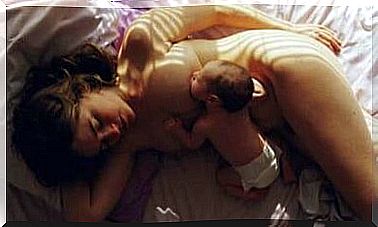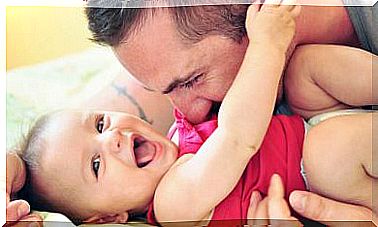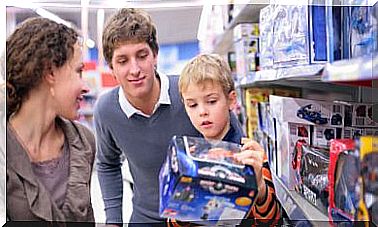Teach Your Child The Process Of Cause And Effect
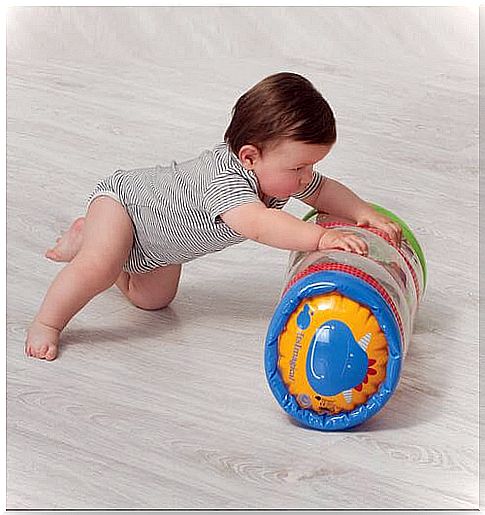
It is important for the child to understand how situations occur around him and why they are due. At present there are infinities of instruments so that the child can exercise the brain. We can find ways for you to understand how things work and why they happen.
The process of cause and effect is of vital importance for the cognitive development of the child. Sensations, perception, memory, attention and concentration are processes that help to develop this type of relationship. In everyday life, situations related to this issue are observed, such as, for example, the baby knows that if he cries (cause) someone will go to comfort him (effect).
How to teach him the cause and effect relationship according to his stage?
In this case, it will be mentioned how the children should be stimulated:
Children in stage II, children between 1 and 4 months
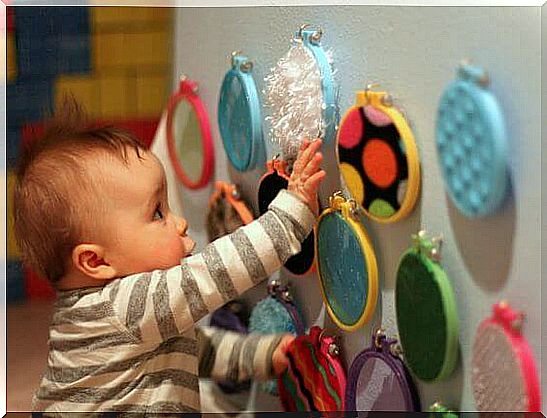
- Allow the child to interact with the toys. In this case, those that sound are recommended, that is, that cause some noise induced by an action that the child performs. For example, a doll that makes a sound when pressed. At first it must be taught, showing him how it is done. Trying it several times until the child can do it himself.
- With the maraquitas or rattles, show the baby the movement that must be made to produce the sound. This way you will know that if you move the maraquita it will cause a sound.
- For the child to associate obtaining milk with his own suckling, an exercise can be done. At the moment when you are feeding a bottle or breast, remove it for a moment of rest and put it back on to suck.
- Take both of the baby’s hands and clap with them. This will help you to realize that clasping your hands will produce a sound.
- Move to different sides and spaces talking so that the child follows him with his eyes.
Stage III, 4-8 months
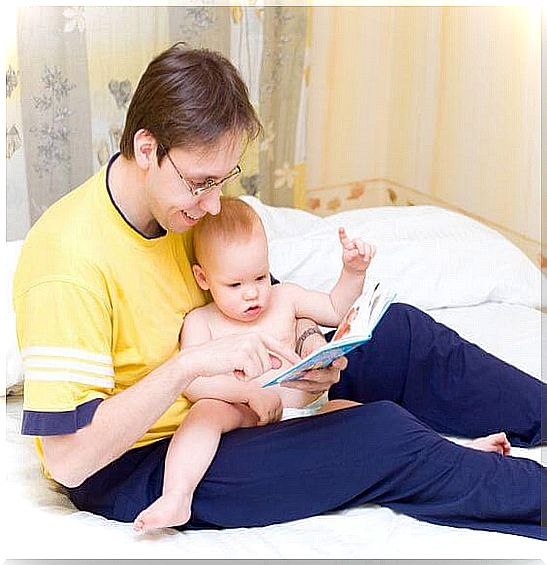
- Place the child on his back in the crib, so that he can reach the mobiles with his legs. Then he will know that by moving his legs he can move the object and he will repeat this action whenever he wants.
- Put a radio in front of the baby, showing him that when the button is turned it will turn it on or off. This action will be repeated to produce the sound.
- If the child babbles, the mother can repeat it, so that a good conversation is established between the two.
- Encourage the baby to sing, playing soft music to which he can pay attention. Have the mother hum the song for the child to observe and try to do.
- Talking constantly with the baby, after bathing him, after giving him the baby, the good thing is to do it and it is very convenient for the mother to use inflections with her voice.
8 to 12 months, stage IV children
- Once the child can speak, you can practice associating the names of the people around him. After this, it is advisable to get the child to call them and they turn around.
- Show the child a suitable mobile, that is to say, light enough to operate it in different ways, touching it, pushing it. He should be left to practice alone.
- At mealtime, the mother can name the foods such as a bottle, bread, potato, etc., and in turn show him what they are.
- The mother can sing along with the child. While this is happening, he will take the baby’s hand by putting it in his mouth so that the baby does not sing. When removed, the mother sings again. This is repeated several times so that you understand the exercise.
- Show the child various musical instruments so that he can learn how to make the object make a sound.

